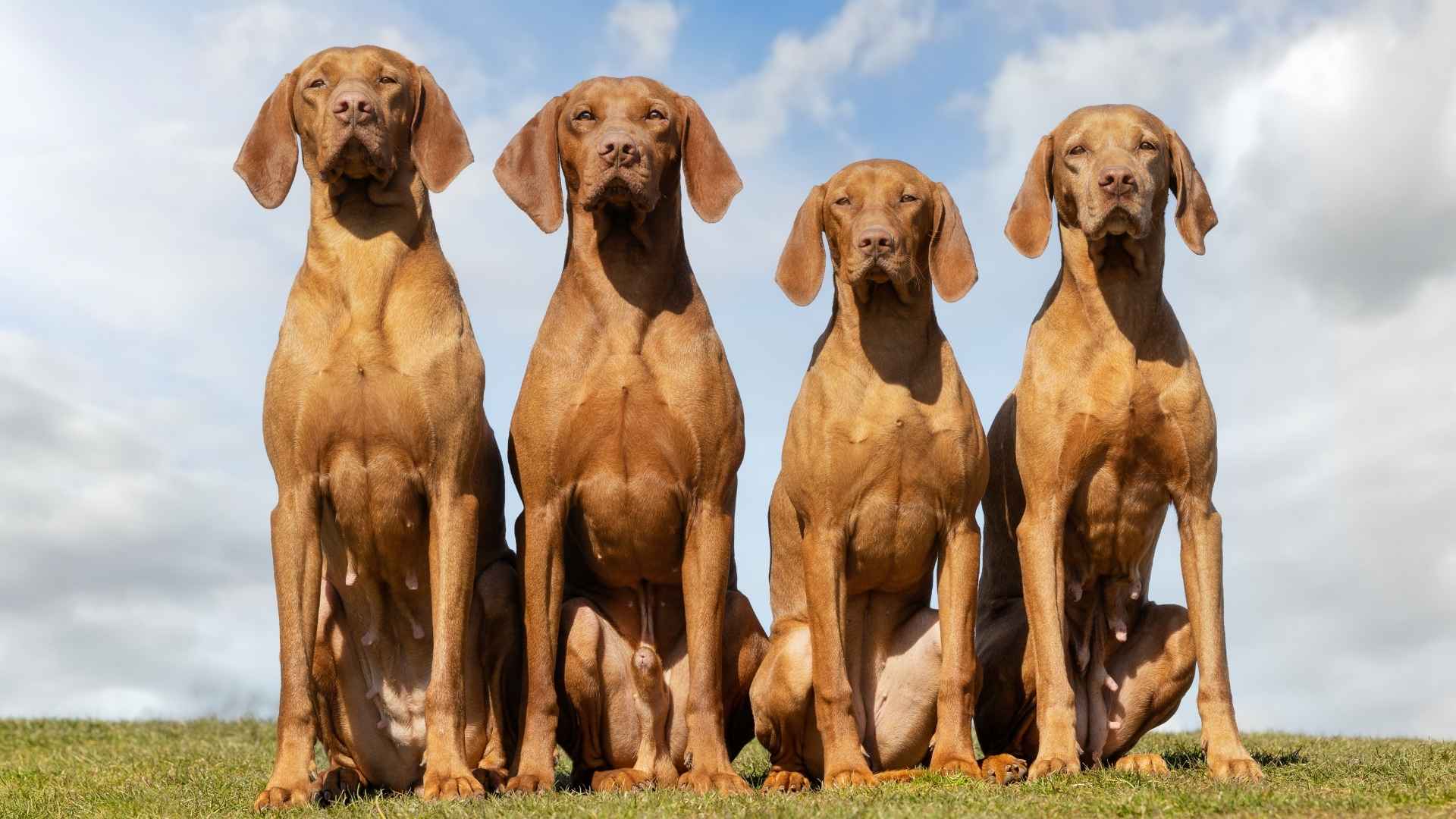Some dogs are natural guardians—alert, confident, and always on the lookout for anything unfamiliar. These territorial dog breeds are not just loyal companions but also instinctive protectors of their home and loved ones. Whether you’re looking for a canine that will deter intruders or simply one that takes its family’s safety seriously, understanding territorial behavior is essential when choosing the right breed.
Dogs with strong territorial instincts often form deep bonds with their humans and are known for their unwavering devotion. These breeds are often sought after for their ability to watch over their homes while still offering affectionate companionship.
However, it’s important to remember that without proper socialization and proper training, their protective nature can become overly reactive or even aggressive dogs by displaying aggressive behavior in certain situations.
In this article, we’ll explore some of the most popular territorial dog breeds, what drives their behavior, and how to nurture their loyalty while maintaining balance in your home. Whether you’re a first-time owner or an experienced handler, this guide will help you better understand these confident and courageous companions.
Territorial Dog Breeds
1. German Shepherd
With origins in late 19th-century Germany, the German Shepherd (also known as the Alsatian) was developed by Captain Max von Stephanitz as a working dog bred from herding stock. The American Kennel Club portrays the German Shepherd Dog as an intelligent and bold dog breed.
Strongly built and agile, this breed stands 22–26 inches tall and weighs between 50–90 pounds. Its double coat—ranging from black and tan to sable or solid black—is coarse, weather-resistant, and sheds heavily. Known for its alertness, the German Shepherd is a member of the Herding group and typically lives 12–14 years.
Ideal Owner
German Shepherds thrive in homes where experienced owners provide firm leadership and obedience training. These dogs are incredibly active and territorial, so they suit households with spacious yards and an appreciation for daily physical and mental stimulation.
They’re a loyal family companion, but because of their strong guarding instincts, they require confident handlers who can channel their protective tendencies positively. Families with time and high energy to engage their dog in purposeful work or training are ideal.
Did you know? A German Shepherd named Orient guided blind hiker Bill Irwin through the entire Appalachian Trail in 1990.
2. Rottweiler
Originally developed in Germany, the Rottweiler—also known as the “Rottie”—descends from Roman drover dogs and carries a long history as a herding and guarding breed. PetMD points out that today, this breed ranks among the most favored and widely owned dogs in the United States.
Historically used for tasks such as pulling carts, protecting cattle, and guarding money for butchers (earning them the nickname “Metzgerhund”), Rottweilers are robust working dogs. They typically stand between 22–27 inches tall and weigh 90–110 pounds.
Their signature black and tan coats, broad chests, and muscular frames reflect their strength and vigilance. As members of the Working Group, they are confident and self-assured, making them a popular choice for protection and service roles. With a life expectancy of 9–10 years, they are powerful companions who take their responsibilities seriously.
Ideal Owner
Rottweilers thrive under firm, experienced owners who can provide consistent leadership and early socialization. They do best in homes that can accommodate their territorial instincts with proper training. Families that offer structure, time, and space for regular physical and mental stimulation are ideal.
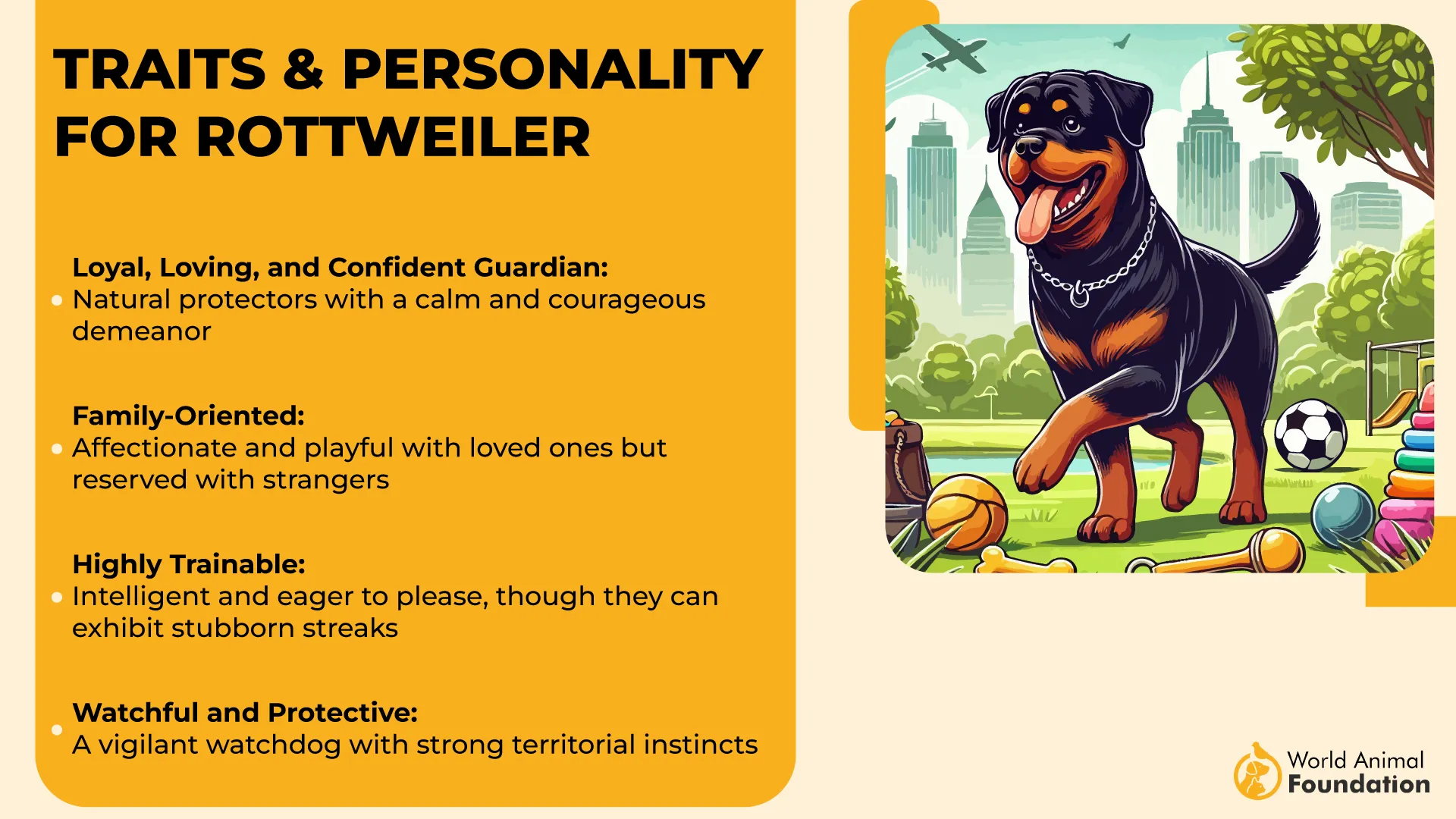
Given their guarding history, they are not suited for first-time dog owners or those unwilling to commit to rigorous behavioral guidance. Rottweilers excel with owners who respect their intelligence and channel it productively.
Fun Fact: Rottweilers were once trusted to carry money in neck pouches for cattlemen heading to market, highlighting their reliability and guarding instincts.
3. Doberman Pinscher
Sleek, muscular, and alert, the Doberman Pinscher is one of the most recognized territorial breeds in the world. WebMD describes Doberman Pinschers as intelligent, powerful, and courageous dogs that are frequently chosen for guarding roles.
Originally developed in Germany in the late 19th century by a tax collector named Karl Friedrich Louis Dobermann, this breed was designed for protection, loyalty, and intelligence. Today, the Doberman continues to impress with its agility and sharp instincts.
Males typically stand 26 to 28 inches tall, while females measure slightly less at 24 to 26 inches. Their weight ranges from 60 to 100 pounds, depending on sex and individual build. The Doberman belongs to the Working Group and has a lifespan of 10 to 12 years.
Known for their sleek black, red, blue, or fawn coats and distinctively cropped ears and docked tails in some countries, they are admired as both loyal companions and highly capable security dogs.
Ideal Owner
Dobermans thrive with experienced owners who provide mental stimulation and socialization. They do best in homes where they can be both protective and affectionate, bonding closely with their human family. Ideal owners are confident leaders who can match this breed’s intelligence and energy while offering the structure it needs to excel.
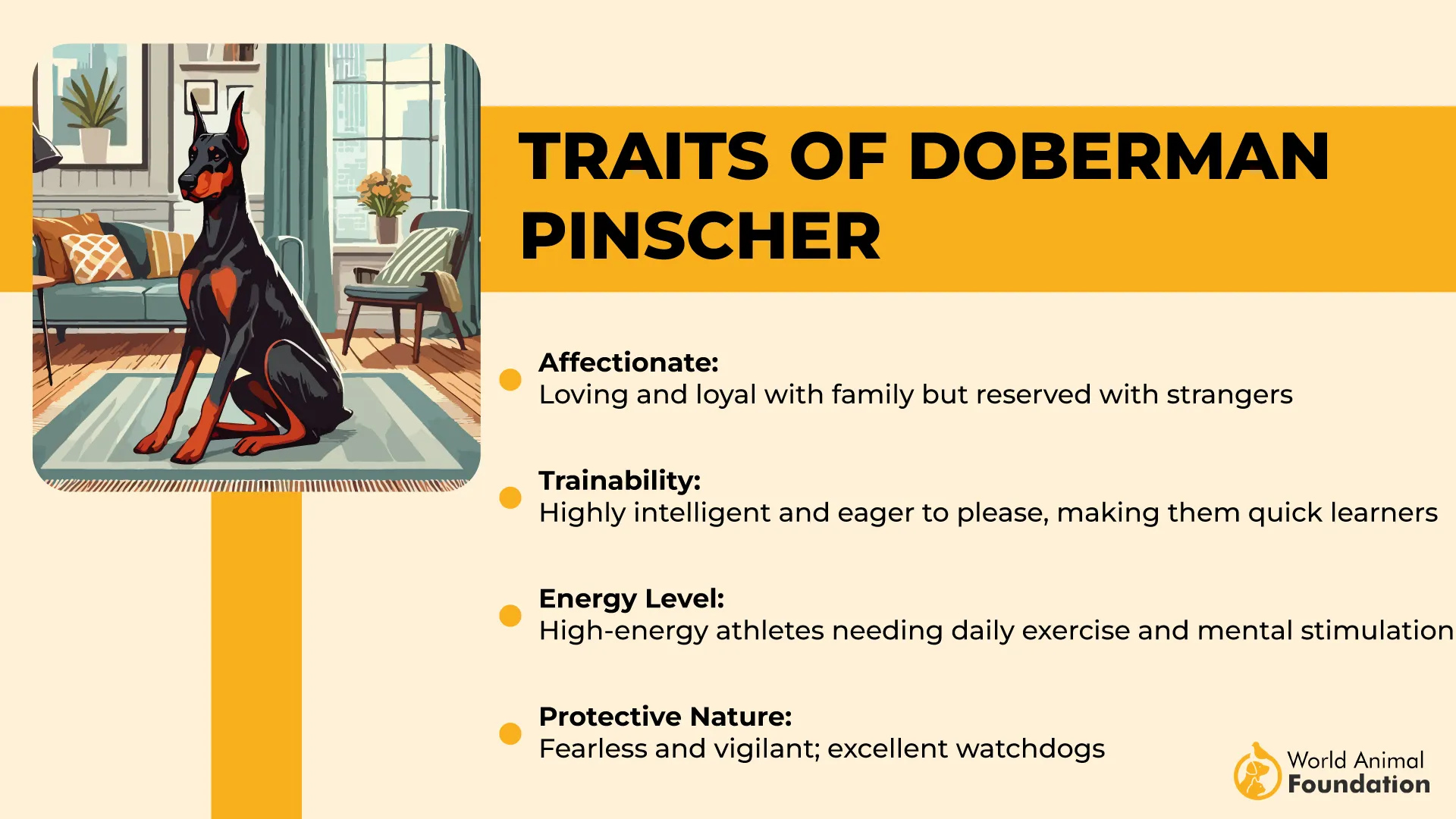
Did you know? The Doberman was originally bred by a tax collector who needed a loyal and alert companion to keep him safe on his rounds.
4. Bullmastiff
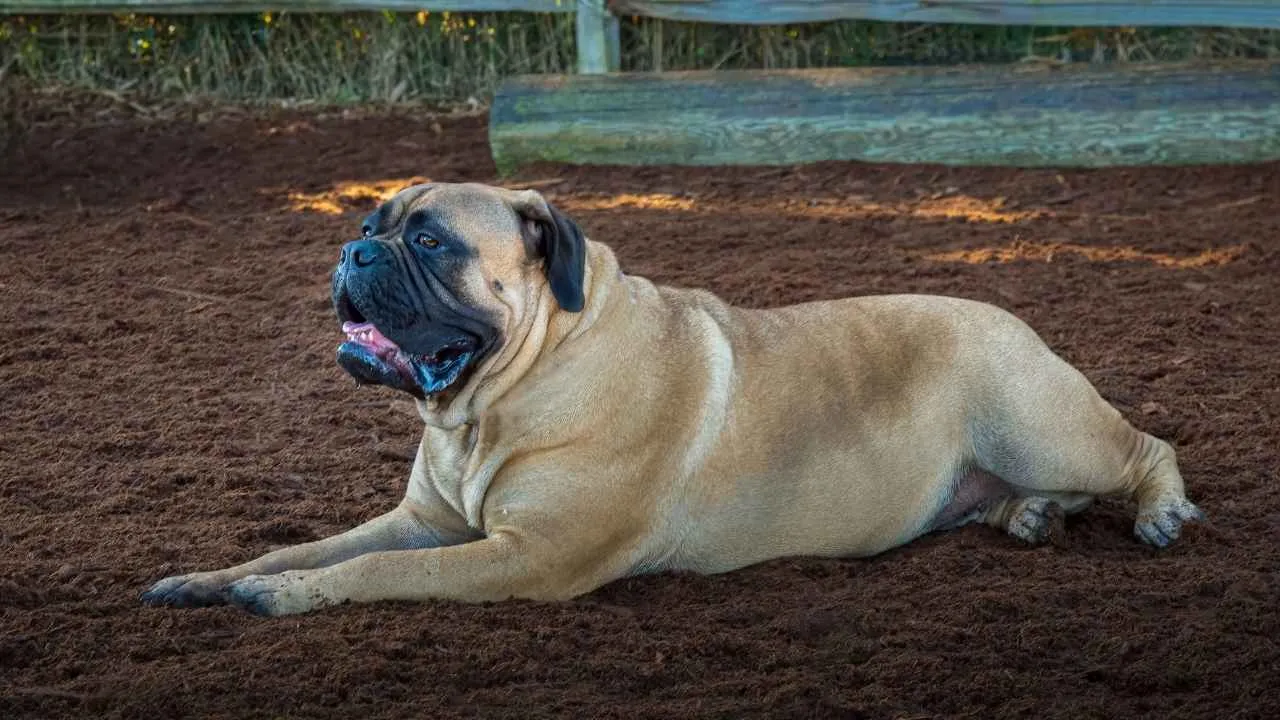
The Bullmastiff, sometimes called the “Gamekeeper’s Night Dog,” hails from 19th-century England, where it was developed by crossing 60% Mastiff with 40% Bulldog to create a powerful guardian against poachers.
This giant breed stands between 27 and 30 inches tall and weighs 120–230 pounds. With a broad head, alert expression, and short coat in shades like fawn, red, or brindle, the Bullmastiff has a commanding yet composed appearance.
Loyal and courageous, it is part of the Working group and typically lives 6–10 years. Despite its imposing build, the Bullmastiff has a calm demeanor, and it is affectionate with its family while exhibiting strong territorial instincts that make it an exceptional guard dog.
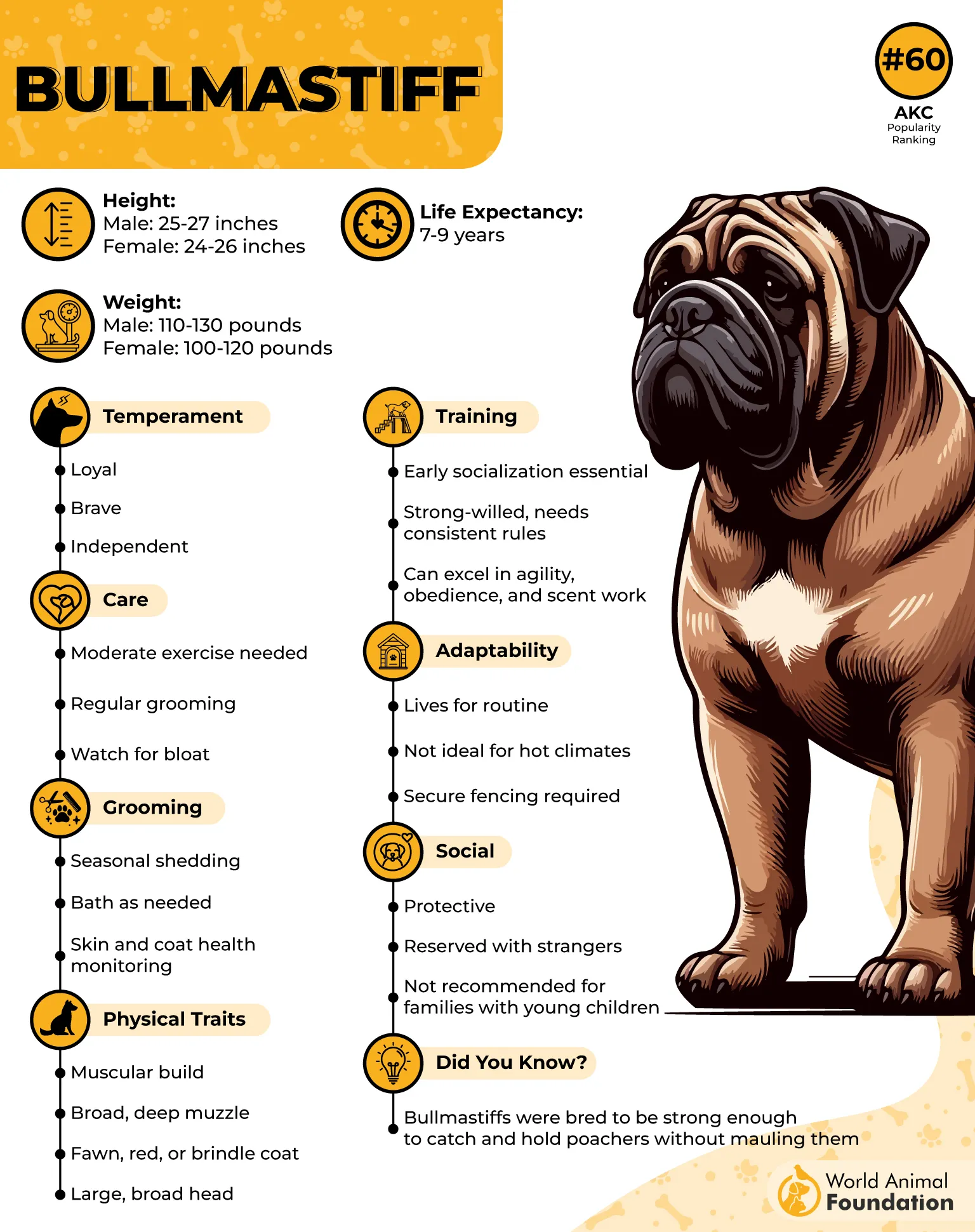
Ideal Owner
The ideal Bullmastiff owner is confident, consistent, and experienced with large dogs. These canines thrive in homes where early socialization and firm, positive reinforcement training are prioritized.
Because of their natural suspicion of strangers and need for companionship, Bullmastiffs are best suited for families that are often home and willing to invest time in training. A securely fenced yard and regular engagement are essential to keep this intelligent and loyal protector content.
Did you know? The Bullmastiff earned its nickname for its job apprehending poachers and holding them until help arrived.
5. Akita
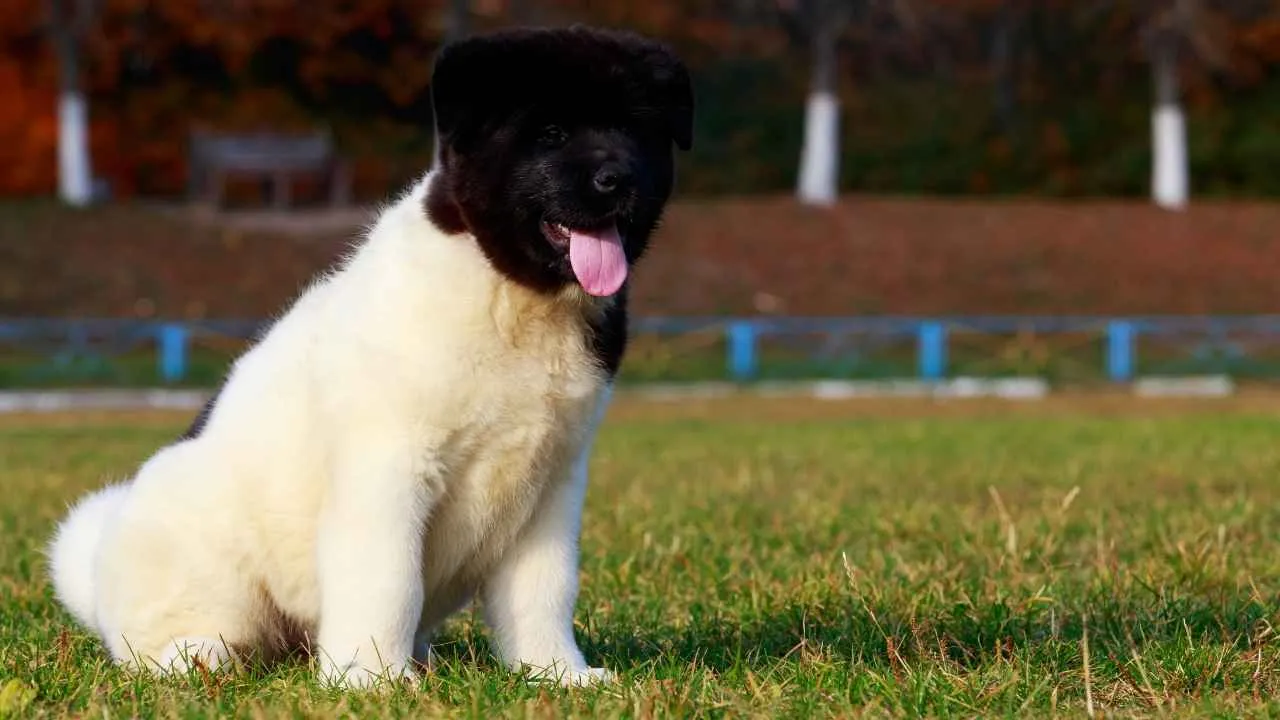
The Akita, also known as the American Akita or Great Japanese Dog, is a large, powerful breed that originated in Japan. Revered as a national treasure in its homeland, the Akita was historically used to protect nobility and hunt large game like boar and bear.
Standing 24–28 inches tall and weighing between 70–130 pounds, Akitas possess a robust, well-muscled frame, a thick double coat in various colors, and a broad head with upright ears and a curled tail. With a lifespan of 10–14 years, they are deeply loyal and dignified, great companions.
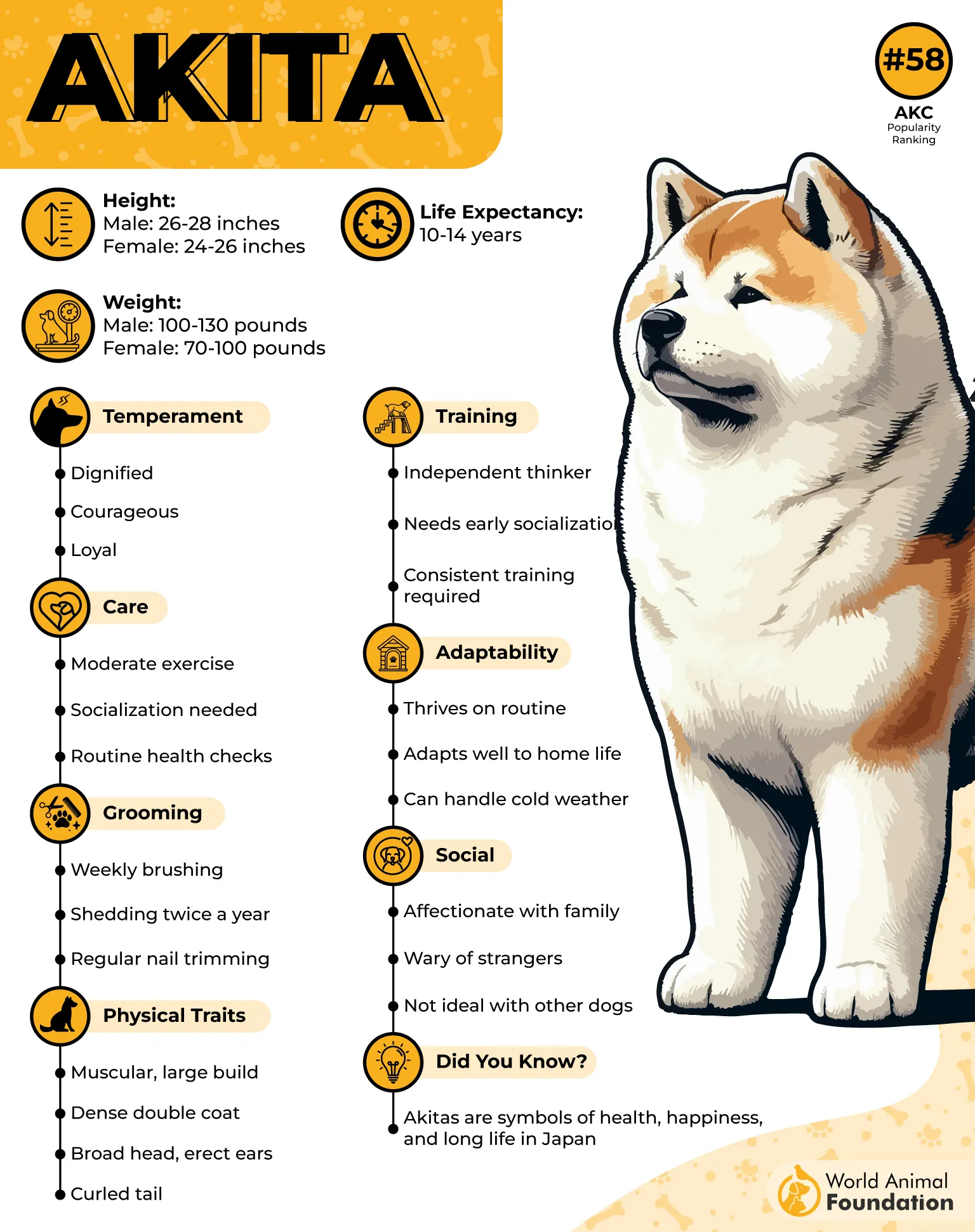
Ideal Owner
Akitas require confident, experienced owners who understand the importance of early socialization. They are best suited for homes without small children or multiple pets due to their independent nature and strong guarding natural instinct.
These dogs need mental stimulation and companionship, thriving in calm demeanor but attentive households that provide structure and respect their space.
Did you know? The most famous Akita, Hachikō, waited every day at Tokyo’s Shibuya Station for his deceased owner, faithfully returning for nearly 10 years.
6. Belgian Malinois
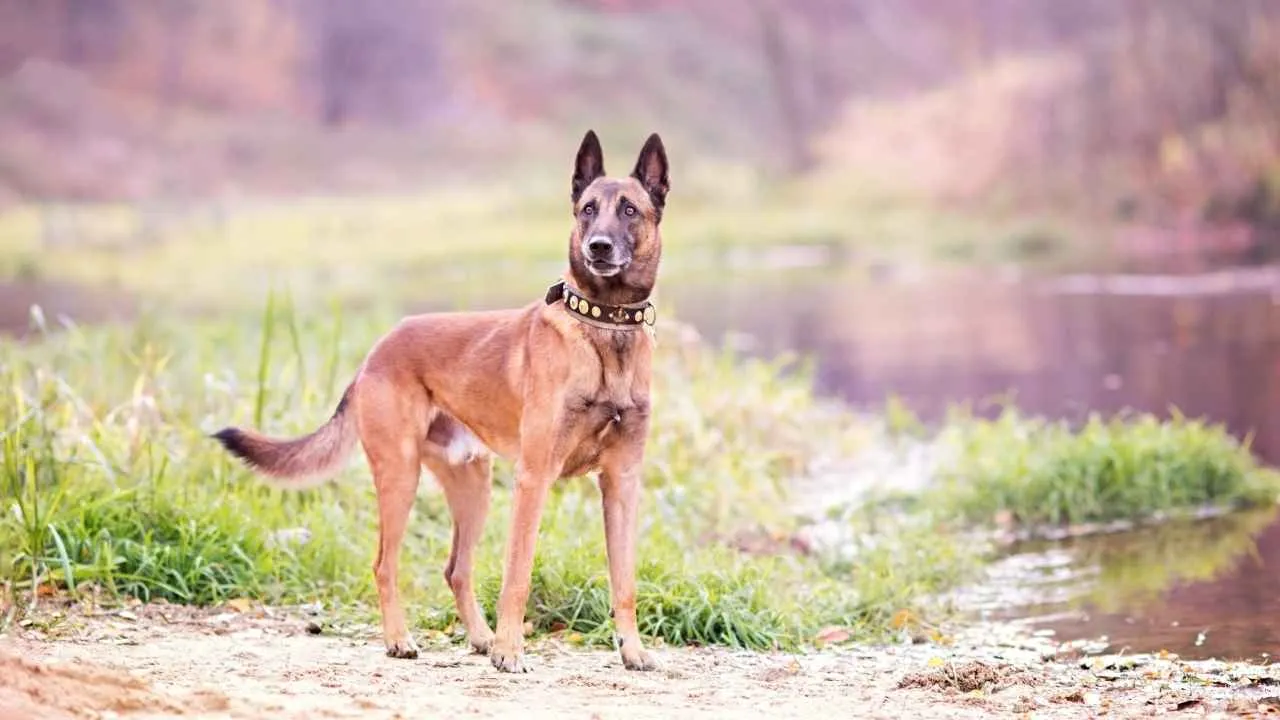
The Belgian Malinois, also known as the Mal, is a high-drive herding dog originally bred in the Mechelen region of Belgium during the 1800s. With a height ranging from 22 to 26 inches and a weight between 40 and 80 pounds, this breed is squarely built and muscular, exuding both agility and power.
Its short, dense coat comes in shades from fawn to mahogany with black-tipped hairs, a signature black mask, and alert, upright ears. Belonging to the herding group, the Malinois boasts a life span of 14–16 years and is widely recognized for its precision and loyalty in roles like military and police work.
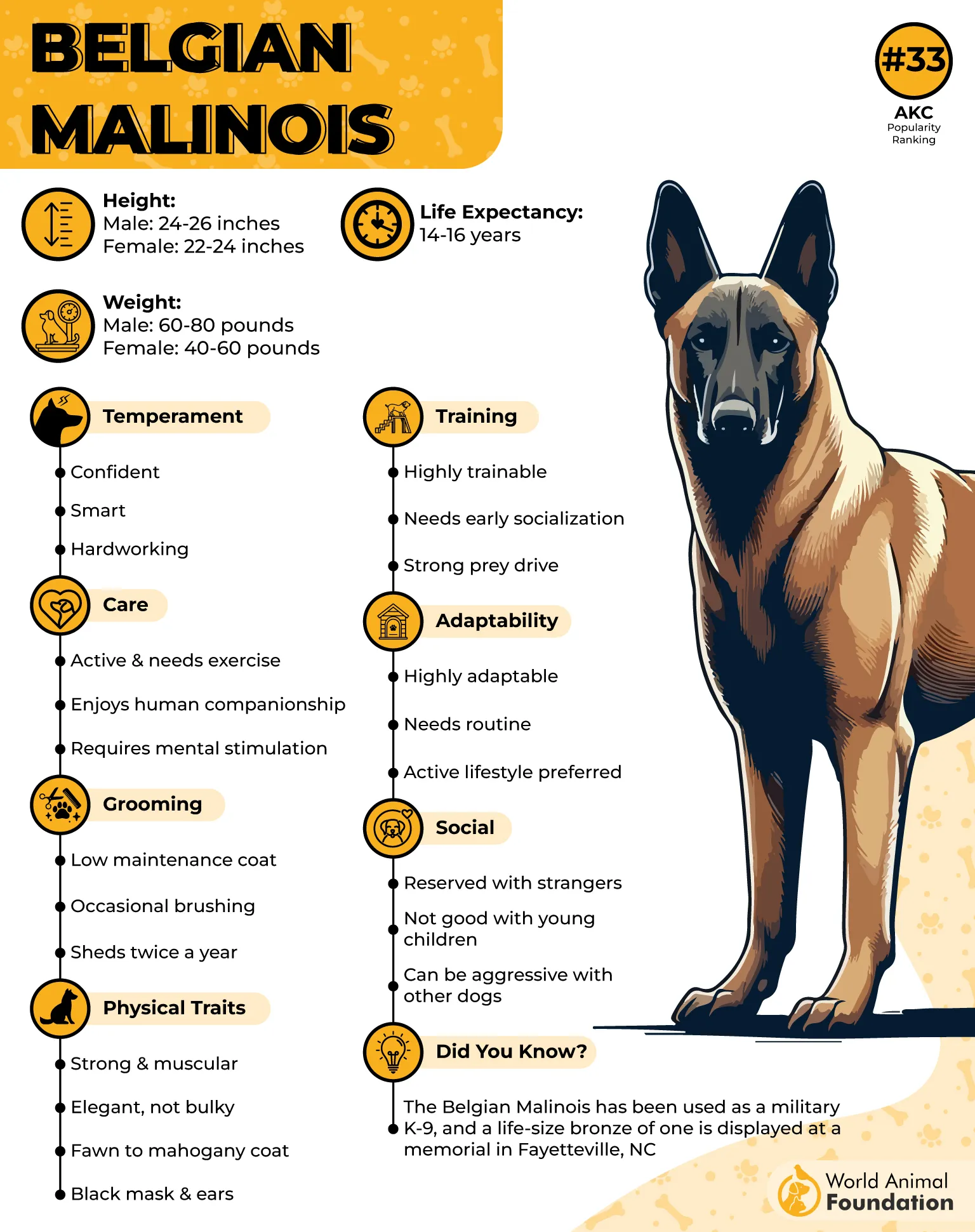
Ideal Owner
The Belgian Malinois is best suited for experienced, active dog owners who understand the demands of an intelligent, territorial breed. Ideal homes will offer structured training, plenty of exercise, and consistent companionship.
These dogs form strong bonds with their handlers and thrive when mentally and physically stimulated. Without adequate engagement, a Mal can become underchallenged and frustrated. This breed is not recommended for novice or sedentary households.
Did you know? A Belgian Malinois named Cairo was part of the SEAL Team 6 operation that led to the elimination of Osama bin Laden.
7. Chow Chow
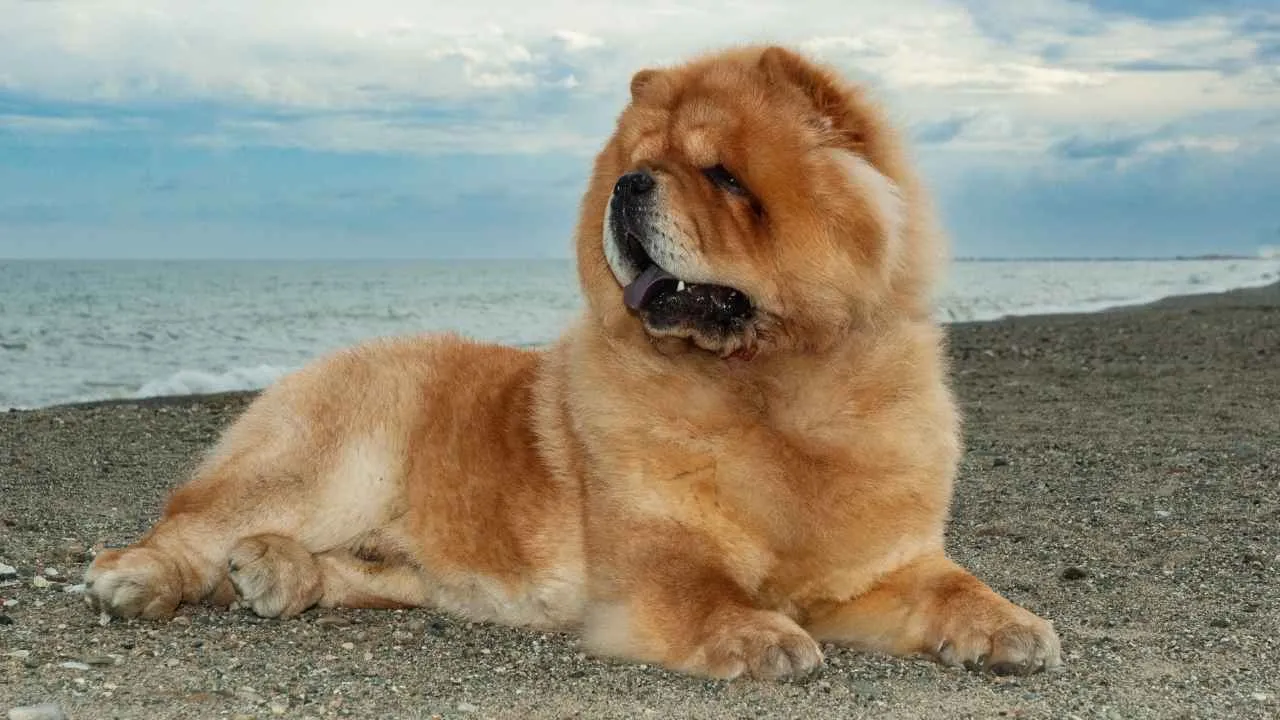
With a history dating back to ancient China, the Chow Chow—also called the “Songshi Quan” or “Edible Dog”—is one of the oldest known breeds. Originally used for guarding, hunting, and even pulling carts, these dogs carry a dignified, self-reliant nature that makes them fiercely territorial.
Standing 17–20 inches tall and weighing between 45–70 pounds, the Chow Chow’s lion-like ruff, blue-black tongue, and piercing, deep-set eyes give it a commanding presence.
This nonsporting breed is admired for its loyalty, aloof demeanor toward strangers, and clean habits that make it as meticulous as a cat. Their stiff-legged gait and rich coat—smooth or rough in shades like red, black, cream, cinnamon, or blue—add to their regal charm.
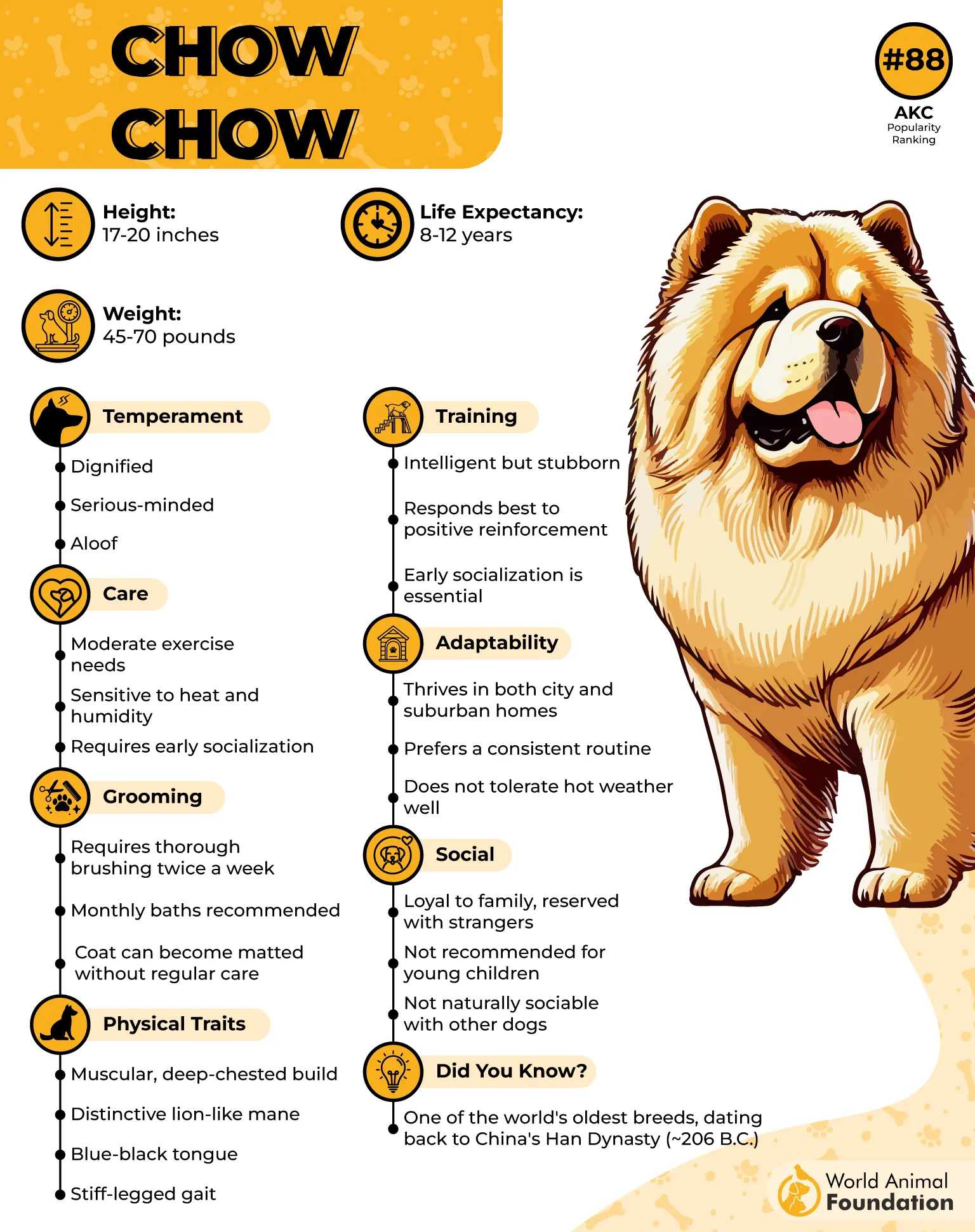
Ideal Owner
These hunting dogs are best suited to experienced and confident dog owners who appreciate a challenge. Their independent and sometimes stubborn temperament demands patient, consistent training from a young age.
They thrive with structured routines and minimal forced affection, making them ideal for households without small children. These dogs do well in calm environments and form deep bonds with their chosen humans.
Did you know? Chow Chows are among the few dog breeds with a blue-black tongue, a trait shared with only a handful of other breeds.
Conclusion
Territorial dog breeds offer unmatched devotion and protection, often forming deep bonds with their family members and guarding their homes with unwavering vigilance. While each breed has its own personality, male dogs may exhibit stronger territorial tendencies, especially around other dogs or new pets. Female dogs, on the other hand, can be just as protective but sometimes more adaptable in multi-pet households. Whether you’re introducing a new puppy or caring for an adult dog, early socialization and structured training are extremely important to help them safely navigate encounters with other animals and different breeds.
These home dogs often thrive in environments where they feel secure in their own home, though some—like the Giant Schnauzer or Rhodesian Ridgeback—will need more exercise to manage their energy and instincts. Territorial dogs are not typically the best fit for novice owners, especially in homes with multiple other pets. Still, with patience and consistent routines, many can become affectionate guardians, well-mannered around others, and even easily trained with the right approach.


